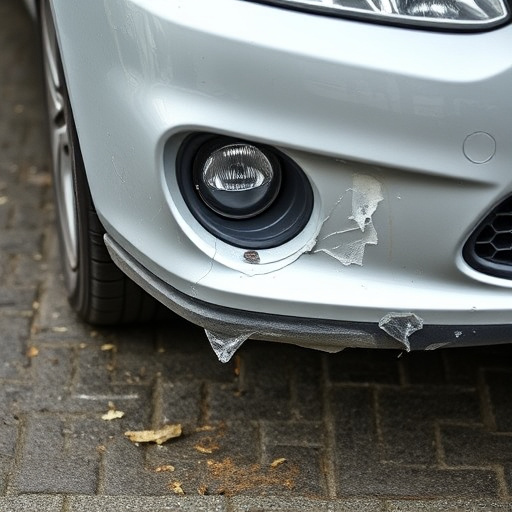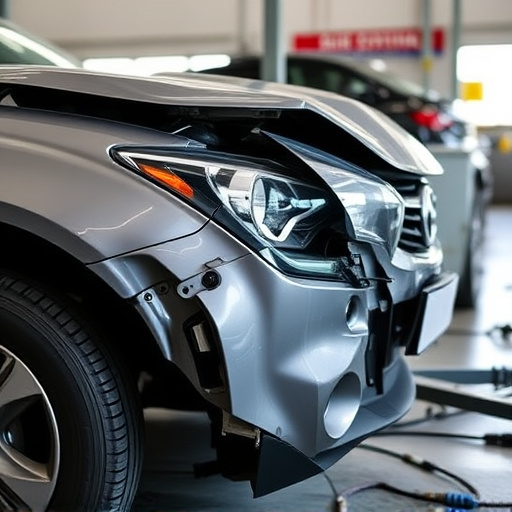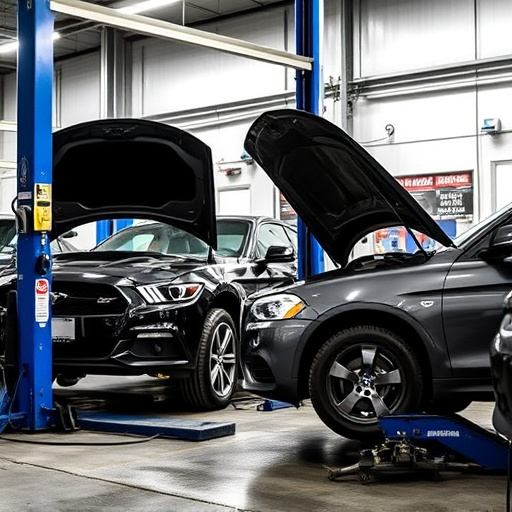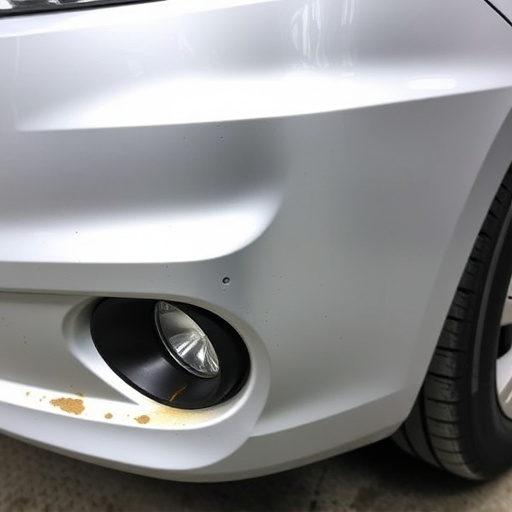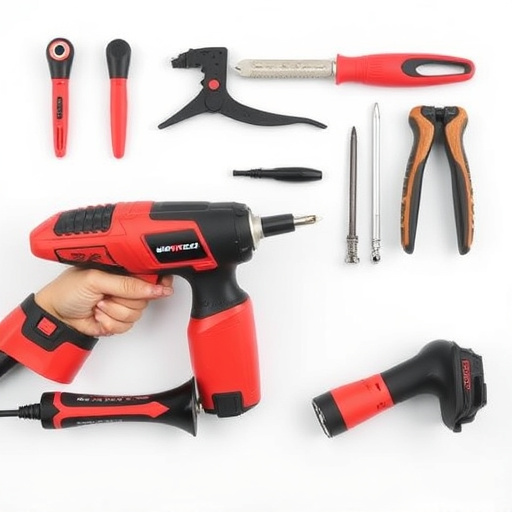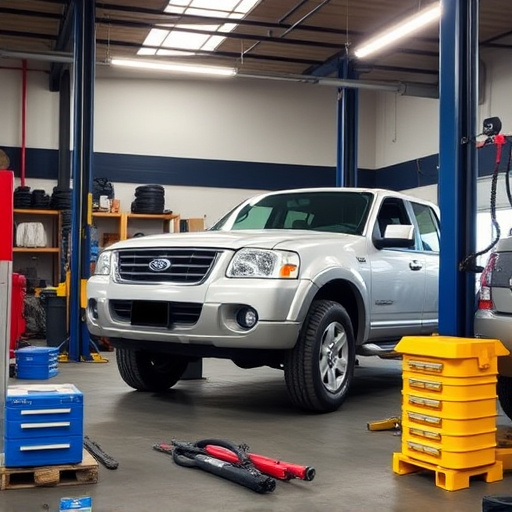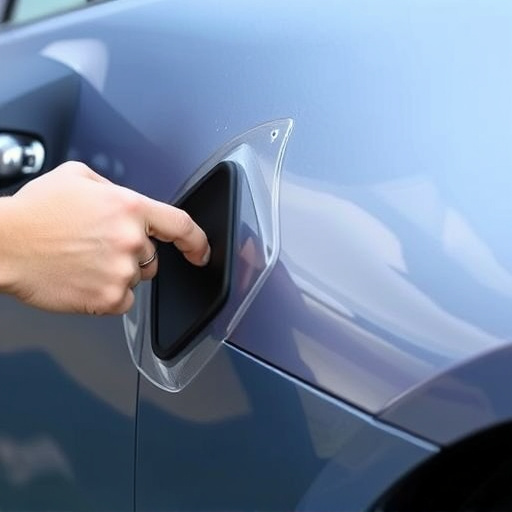Mercedes' advanced sequential turn signals enhance safety with rapid light flashing during turns. This system requires regular maintenance to prevent wear and tear malfunctions. For repair, create a safe testing environment, conduct thorough diagnostic checks, and verify system functionality before attempting any repairs. Consult a qualified automotive body shop for reliable Mercedes sequential turn signal repair.
Discover how to test the Mercedes sequential signal functionality safely with this comprehensive guide. Understanding the basics of how these advanced turn signals work is crucial before attempting any repairs. This step-by-step process ensures a secure testing environment, allowing you to perform diagnostic checks and verify their operation. From preparing your workspace to verifying functionality, learn the essential techniques for maintaining your Mercedes’ cutting-edge lighting systems.
- Understand Mercedes Sequential Turn Signal Basics
- Prepare for Safe Testing Environment
- Perform Diagnostic Checks and Verify Functionality
Understand Mercedes Sequential Turn Signal Basics

Mercedes sequential turn signals are an advanced feature designed to enhance visibility and safety during turns. Unlike traditional turn signals that flash in a single direction, the Mercedes version sequences through a series of rapid flashes when activated, providing better indication to following drivers. Understanding this system involves grasping its basic components and how they work together. The key elements include sensors, control modules, and exterior signal lights, all meticulously engineered for precise operation.
Regular maintenance is crucial for ensuring these signals function optimally. Over time, wear and tear can affect the intricate wiring and components, leading to malfunctions that may compromise safety. If you suspect an issue with your Mercedes sequential turn signal repair, it’s advisable to consult a qualified automotive body shop specializing in luxury vehicle repair. They have the expertise and tools needed for accurate diagnosis and effective frame straightening, ensuring your vehicle’s safety features remain reliable.
Prepare for Safe Testing Environment

Before attempting any Mercedes sequential turn signal repair, ensuring a safe and controlled testing environment is paramount. This involves creating a clear, open space where you can easily access all sides of the vehicle without obstructions. Park the car on a level surface and engage the parking brake to prevent any unexpected movement during the testing process.
Additionally, it’s advisable to have the support of another person who can assist in monitoring the signal functionality while you focus on the repairs. Using reflective cones or tape around the test area can enhance visibility and safety, especially if you’re performing work at night or in low-light conditions. Remember, a well-prepared testing environment is half the battle won when it comes to ensuring a successful and safe Mercedes sequential turn signal repair, making your work in a vehicle body shop or even through paintless dent repair techniques more effective.
Perform Diagnostic Checks and Verify Functionality

Before attempting any Mercedes sequential turn signal repair, it’s crucial to perform diagnostic checks and verify the functionality of your vehicle’s systems. Start by inspecting the lights for any damage or visible issues. Check all connections related to the turn signals, ensuring they are secure and clean. A simple visual inspection can often reveal loose or corroded wires that might be causing intermittent problems.
Additionally, utilize a multimeter to test the power supply and ground connections. Verify that the turn signal bulbs are functioning correctly by replacing them if necessary. This initial diagnostic step will help you pinpoint any issues related to dent removal or auto glass repair—which could sometimes impact exterior lighting functionality—ensuring your focus remains on the specific Mercedes sequential turn signal repair at hand.
Testing the Mercedes sequential signal functionality safely involves a combination of understanding the basic mechanics, preparing a secure testing environment, and performing diagnostic checks. By adhering to these steps outlined in this article—from grasping the fundamentals of Mercedes sequential turn signals to verifying their operation—you can effectively diagnose and address any issues with your vehicle’s crucial safety feature. Remember, proper maintenance ensures a smooth driving experience and enhances road safety, making it essential for every Mercedes owner to familiarize themselves with tasks like Mercedes sequential turn signal repair.
